Understanding the intricate components of a skateboard is essential for anyone looking to master the sport or improve their riding skills. From the deck that forms the base to the wheels that provide mobility, every part plays a crucial role in performance. Whether you’re a seasoned skater or new to the scene, grasping the functions and names of each component can significantly enhance your experience. This guide delves into the various parts of a skateboard, exploring their functions and how they work together to create a smooth and dynamic ride. By examining everything from the deck and trucks to wheels and bearings, we’ll provide a comprehensive overview that answers common questions and sheds light on the inner workings of this iconic vehicle.
Key Takeaways
– Understand the Tail: The tail of a skateboard is a pivotal component for control and stability, shaped to enable precise tricks and maneuvers. Customize it to reflect your style.
– Bushings Explained: Essential for stabilization and cushioning, bushings are located between trucks and the deck, with top and bottom variants serving distinct roles. Made from durable polyurethane.
– Master the Ollie: A fundamental trick involving popping the tail and balancing the board mid-air, requiring practice and muscle memory for technical success.
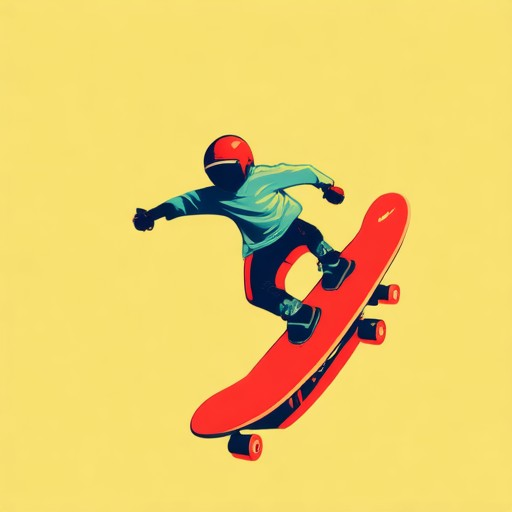
What Are the Different Parts of a Skateboard?
A skateboard consists of several essential components working together to create a versatile and dynamic ride. Here’s a breakdown of the key parts:
- Deck : The heart of the skateboard, the deck is the wooden or composite surface you stand on. Its thickness and shape influence the board’s flexibility and maneuverability. Popular sizes include 8.25″ and 8.5″, catering to different riding styles and skill levels.
- Trucks : These are the wheels attached to the deck, held in place by bolts. Trucks allow the board to pivot and turn smoothly. High-speed or low-speed trucks suit different riders, affecting speed and stability.
- Wheels : Usually made of polyurethane, wheels come in various sizes and hardness levels. Larger wheels offer stability, while smaller ones are better for tricks and agility.
- Bolts : These secure the trucks to the deck and adjust tension for a custom fit. Proper bolt tightness ensures stability and control.
- Griptape : A thin, sticky layer applied to the deck, griptape provides traction, allowing riders to ollie, grind rails, or perform tricks with better grip.
- Bearings : Small ball bearings in the trucks reduce friction, making the board roll smoothly. High-quality bearings improve speed and handling.
Understanding these components helps you choose the right setup for your skating style and budget. Whether you’re cruising the streets or hitting the park, knowing your skateboard’s anatomy enhances your riding experience. Explore our complete collection to find the perfect setup for your next adventure: Shop Now .
Top Layer of a Skateboard
The top layer of a skateboard is known as the Griptape . This component is specifically designed to provide maximum grip and traction for the rider. The Griptape is typically sized at 9 inches wide and 33 inches long, ensuring it covers the majority of the deck surface. Its rough, grainy texture is strategically designed to maximize friction between the skateboard and the rider’s feet, allowing for better control during maneuvers.
- Griptape is essential for maintaining traction and control
- It is self-adhesive and securely attached to the deck
- The textured surface increases friction for better grip
- Common sizes include 9″ width and 33″ length
Learn more about skateboard components and maintenance tips by visiting our website .
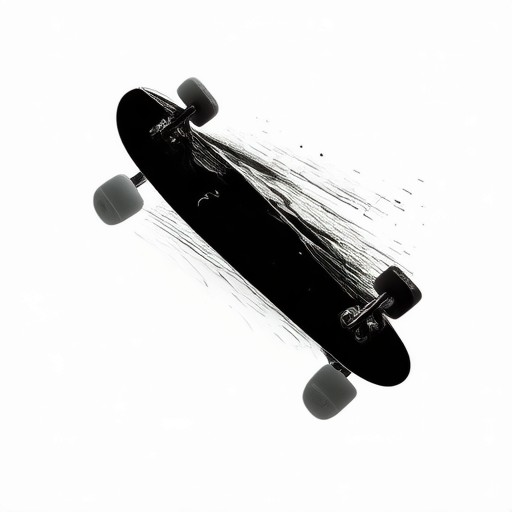
Skateboard Hardware Names Explained
The skateboard hardware refers to various components that make up the mechanical parts of a skateboard. Here are the essential names and components:
- Axle Components
- Mounting Hardware : Used to attach the wheels to the axle
- Wheel Nuts : Secure the wheels to the axle
- Bearings : Reduce friction between axles and wheels
- Kingpin : The central pivot of the skateboard
- Kingpin Nut : Secures the kingpin to the board
- Truck Hubs : Part of the truck assembly that holds the kingpin
- Shorty’s Bolts : Used for mounting trucks and other components
- Plugs : Cover bolt holes for safety
- Washers : Provide spacing and protection for bolts
- Allen Bolts : Standard bolts used in skateboard construction
- Hex Nuts : Matching nuts for Allen bolts
- Grivitc Bolt : A specialized bolt used in certain applications
- Clamp Hardware : Used for clamping components together
- Spacers : Used to adjust distances between components
- Locknuts : Prevents bolts from loosening
These components are widely available through skateboard shops and online retailers. Major brands like Bones , Independent Trucks , and Thunder Trucks offer a variety of hardware options tailored for different riding styles and preferences.
For more detailed information and specific products, visit our main website . We carry a wide range of skateboard hardware and accessories to suit your needs.
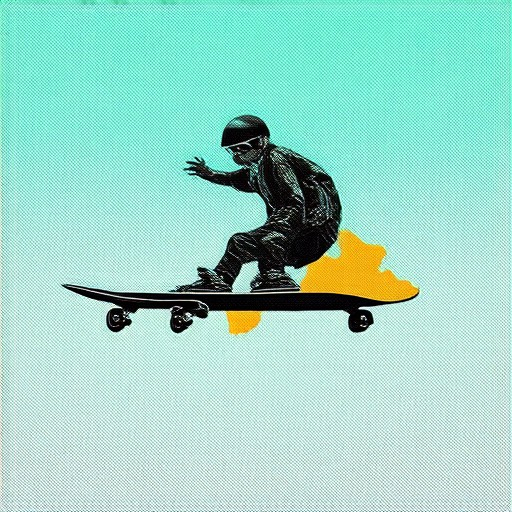
What Do You Call the Back of a Skateboard?
The back of a skateboard is commonly referred to as the tail . This term is derived from the shape of the skateboard’s rear end, which is typically wider and more rounded compared to the nose. The tail is an essential part of the skateboard, serving as a point of control and stability during tricks and maneuvers.
Key Features of the Tail:
- Shape : The tail is usually wider and flatter, allowing riders to perform ollies, grindrails, and other tricks with better precision.
- Functionality : It acts as a pivot point, enabling skaters to shift weight and execute flips or spins with ease.
- Customization : Many skateboarders customize their tails with graphics or designs to reflect their personal style.
History and Culture:
The term “tail” has roots in the early days of skateboarding culture, where skaters would modify their boards to suit their riding style. Over time, the tail became a significant part of skateboard terminology, appearing in slang and popular phrases within the skateboarding community.
Related Parts:
- Nose : The front part of the skateboard, often referred to as the “nose,” complements the tail in design and functionality.
- Trucks : The wheels are attached to trucks, which connect to the deck via axles. These components work together to allow smooth movement and control.
For more information on skateboard parts and their functions, visit Kickflip Boards , your trusted source for skateboarding knowledge and resources.
Understanding the terminology behind your skateboard can greatly enhance your riding experience and help you communicate effectively with other skaters.
The Rubber Part of a Skateboard
The rubber part of a skateboard is called a bushing . Bushings are essential components attached to the trucks of a skateboard, located between the trucks’ axles.
Bushings come in two primary configurations:
- Top Bushing: Positioned closer to the top of the truck, this bushing plays a crucial role in stabilizing the skateboard during tricks and maneuvers. It helps absorb shock and vibrations, contributing to a smoother ride.
- Bottom Bushing: Found near the base of the truck, this bushing interfaces directly with the skateboard’s deck. Its primary functions include transferring forces from the deck to the truck and absorbing impact from the surface.
Bushings are typically manufactured from polyurethane, a material known for its durability and flexibility, allowing it to withstand the stresses of skateboarding while providing adequate cushioning. Over time, bushings may wear down due to regular use, making it important to replace them to maintain optimal performance and ride quality.
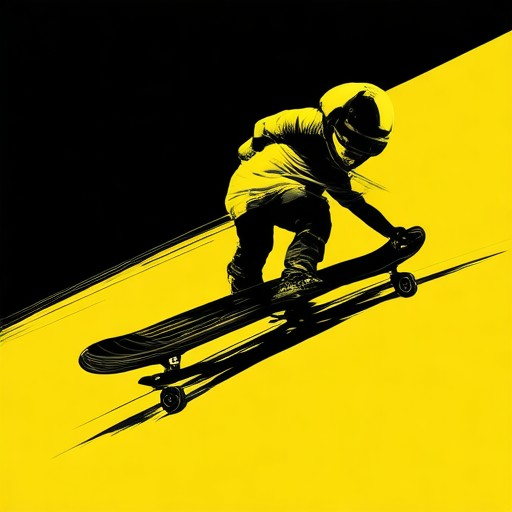
Ollie
An ollie is a fundamental skateboarding trick where the skateboarder jumps the board by popping the tail upwards and then using the front foot to shift their weight, balancing the board mid-air. This technique allows for various follow-up moves like grindings or kickflips.
How an Ollie Works:
- Initiation : The skateboarder approaches the gap or obstacle.
- Popping the Tail : The tail of the skateboard is popped upward, creating a small hop.
- Front Foot Balance : The front foot shifts back to stabilize the board while in the air.
- Back Foot Control : The back foot helps guide the board’s movement during the flip.
Variations:
- Manual Ollie : Performed without using the front foot, relying solely on balance.
- Boardslide Ollie : Combines sliding the board onto an object after the jump.
Importance:
The ollie is crucial for many tricks and showcases technical skill. Practicing requires patience and muscle memory, making it a staple in skateboarding culture.
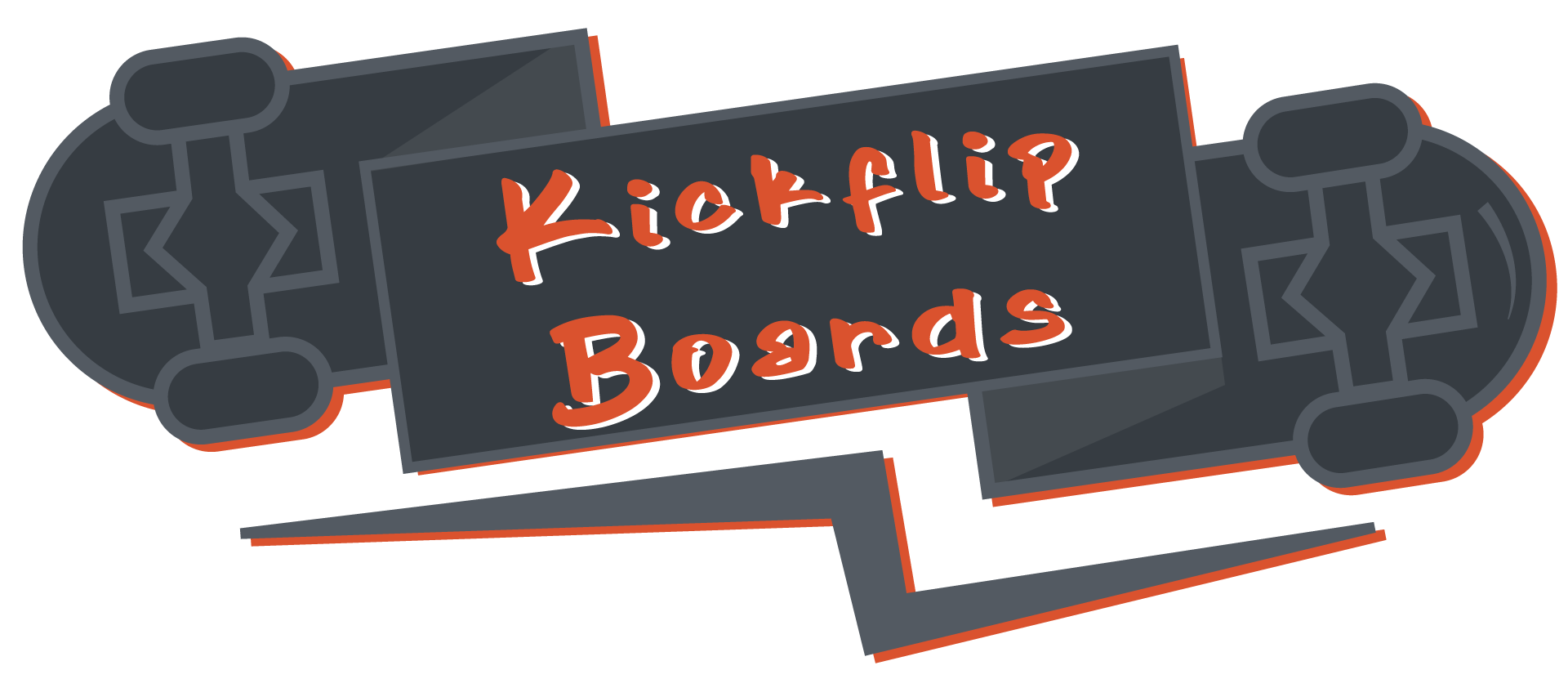



0 Comments